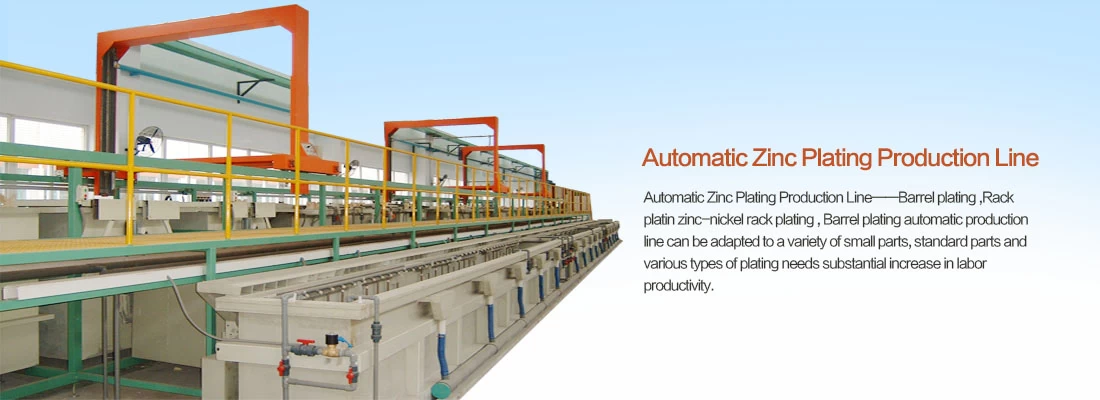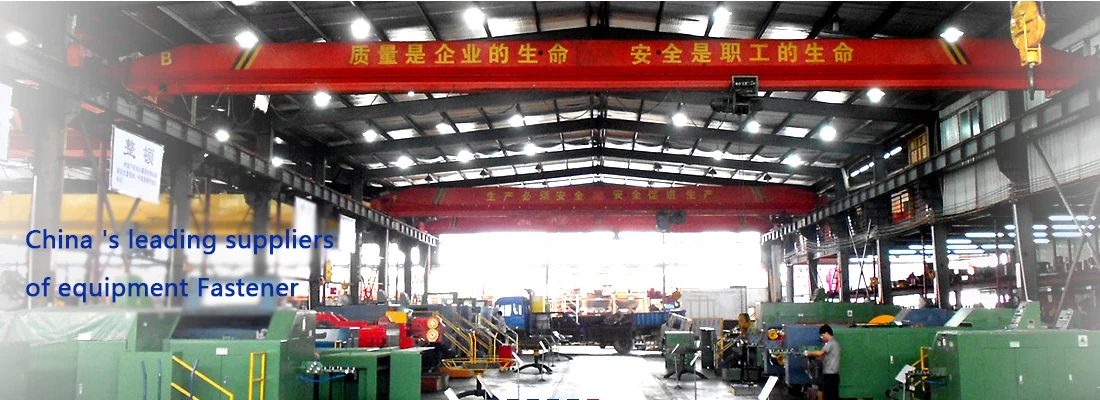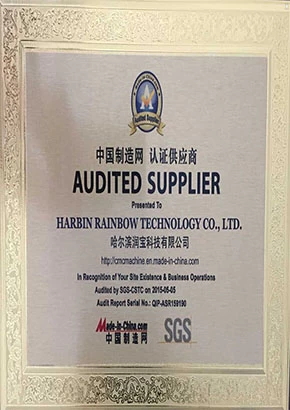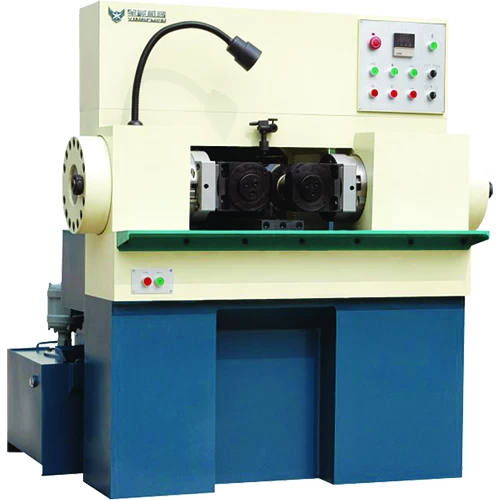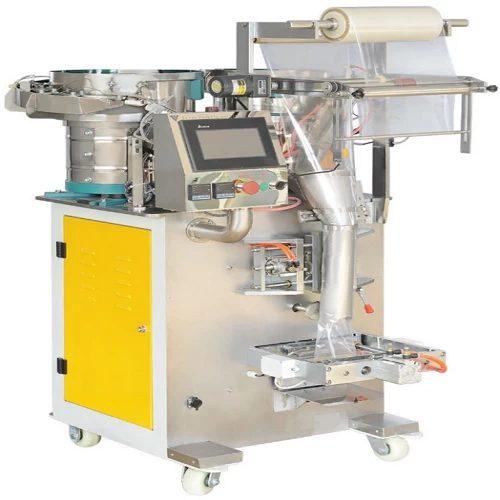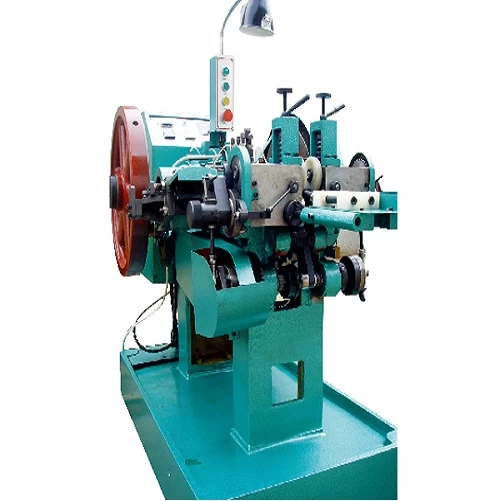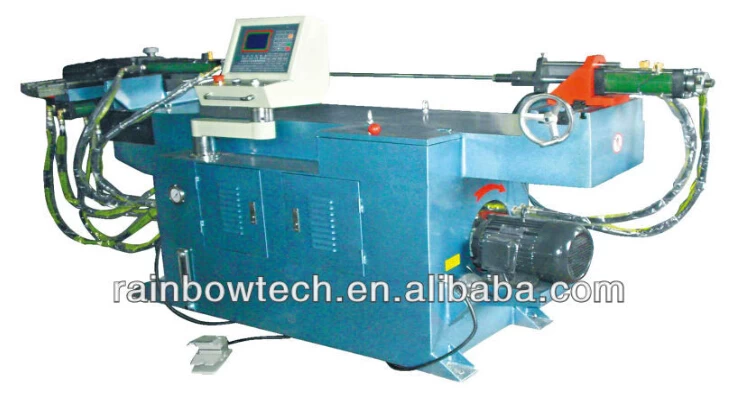The difference between a positive thread nut and a reverse thread nut
I. Definitions and Characteristics
Both the orthodontic nut and the reverse thread nut are one of the mechanical connectors, which are usually used for the connection and fixing of mechanical parts. The main differences between the two are the orientation and characteristics of the threads:
1. Orthodontic nut:
The thread direction of the orthotic nut is the same as that of the helix, that is, as you turn the nut clockwise, it will get tighter and tighter. Orthodontic nuts are more common because they can ensure the firmness and stability of the connection compared to counter thread nuts.
2. Thread nut:
The thread direction of the counter-thread nut is opposite to the direction of the helix, that is, as you turn the nut clockwise, it becomes looser and looser. Thread nuts are rare, but in some special cases, such as when a rotatable part needs to be attached, the use of a thread nut is necessary.
Second, the application range of orthodontic nuts and anti-tooth nuts
Both orthotic and counter thread nuts have different areas of application:
1. Application range of orthodont nut:
Orthodontic nuts are suitable for fixing and joining in most cases. Due to its firmness and stability, it is usually used in mechanical equipment and parts with high requirements for stability and safety.
2. The application range of the anti-tooth nut:
Tooth nuts are generally used in the connection of parts that need to be rotated, such as the wheel of a bicycle, if a positive thread nut is used, it will always be tightened, so that the wheel cannot rotate. In this case, the use of a counter-thread nut can solve this problem very well.
3. Precautions for use
Whether it is a positive tooth nut or a reverse tooth nut, you need to pay attention to the following points when using:
1. Choose the correct nut specification to ensure the strength and stability when tightening;
2. Regularly check the tightness of the fixing nut to ensure the safety and stability of the equipment and parts;
3. Avoid using damaged threaded connectors or tools with excessive strength to tighten the nut to avoid thread damage or breakage.



